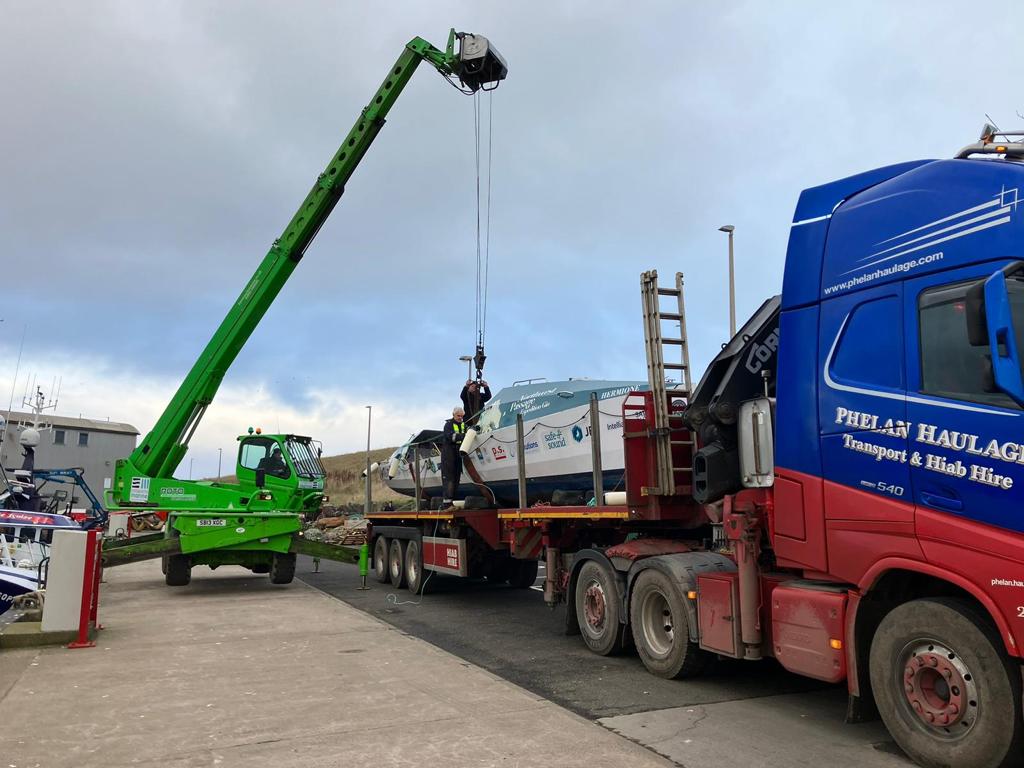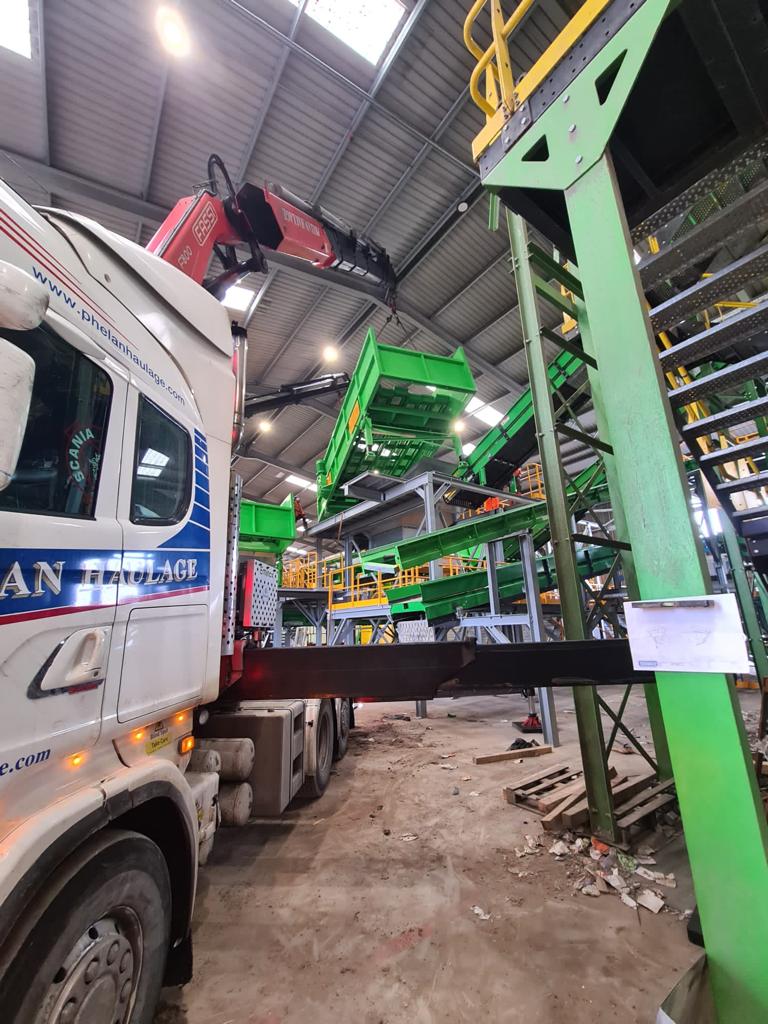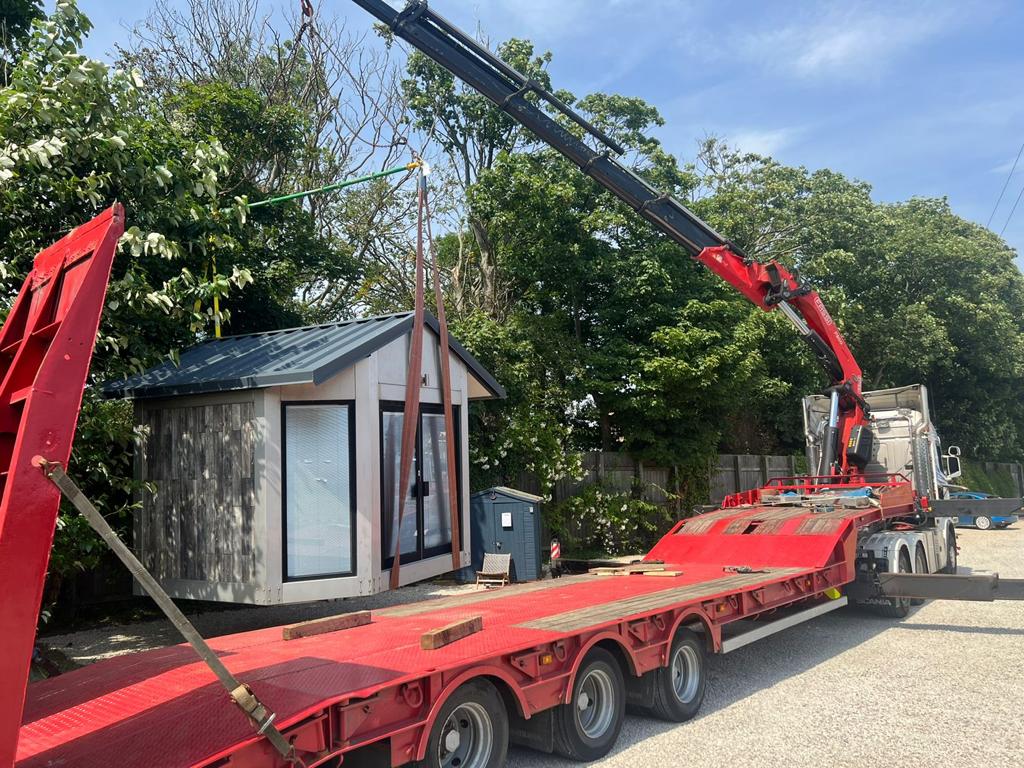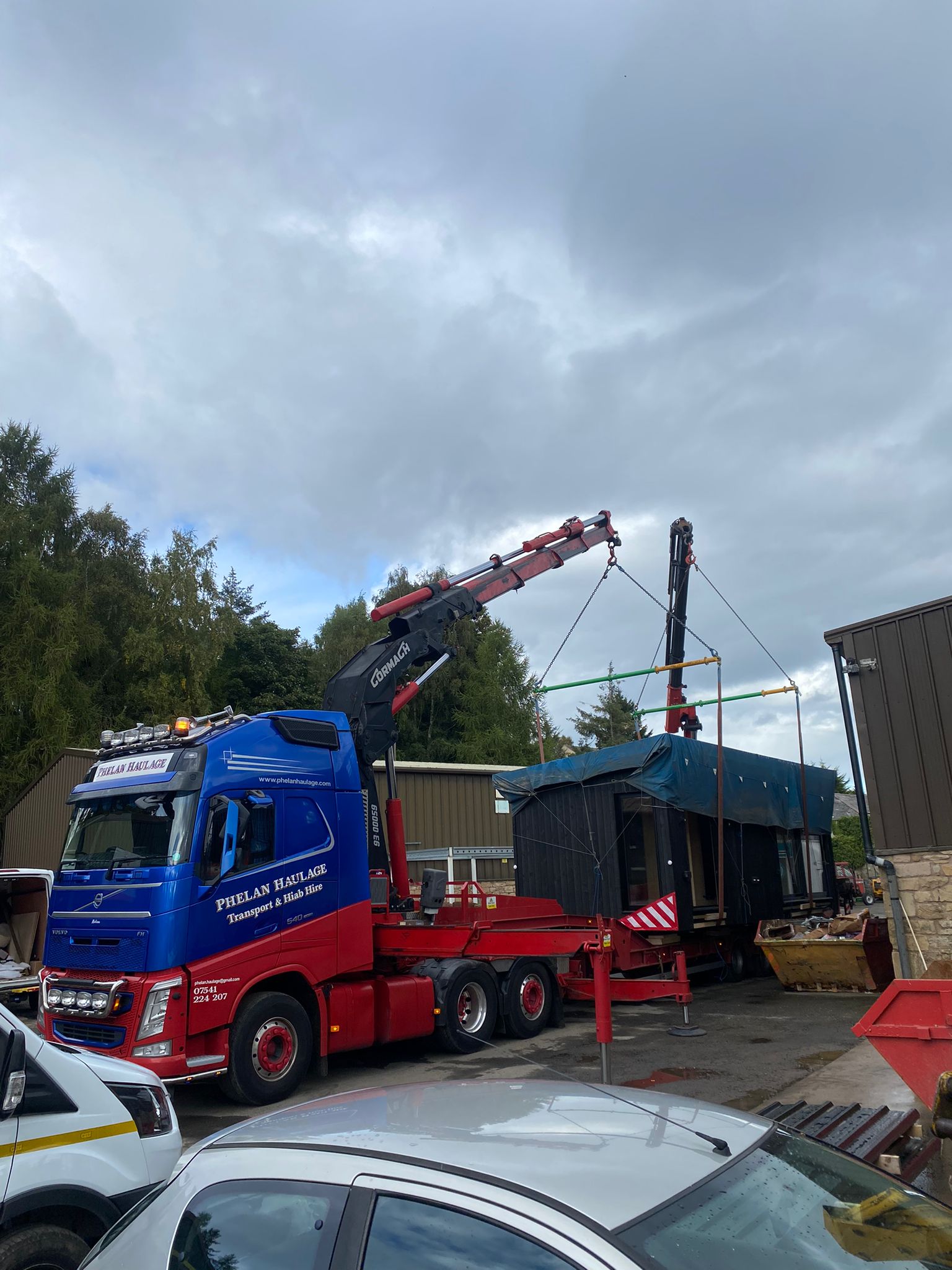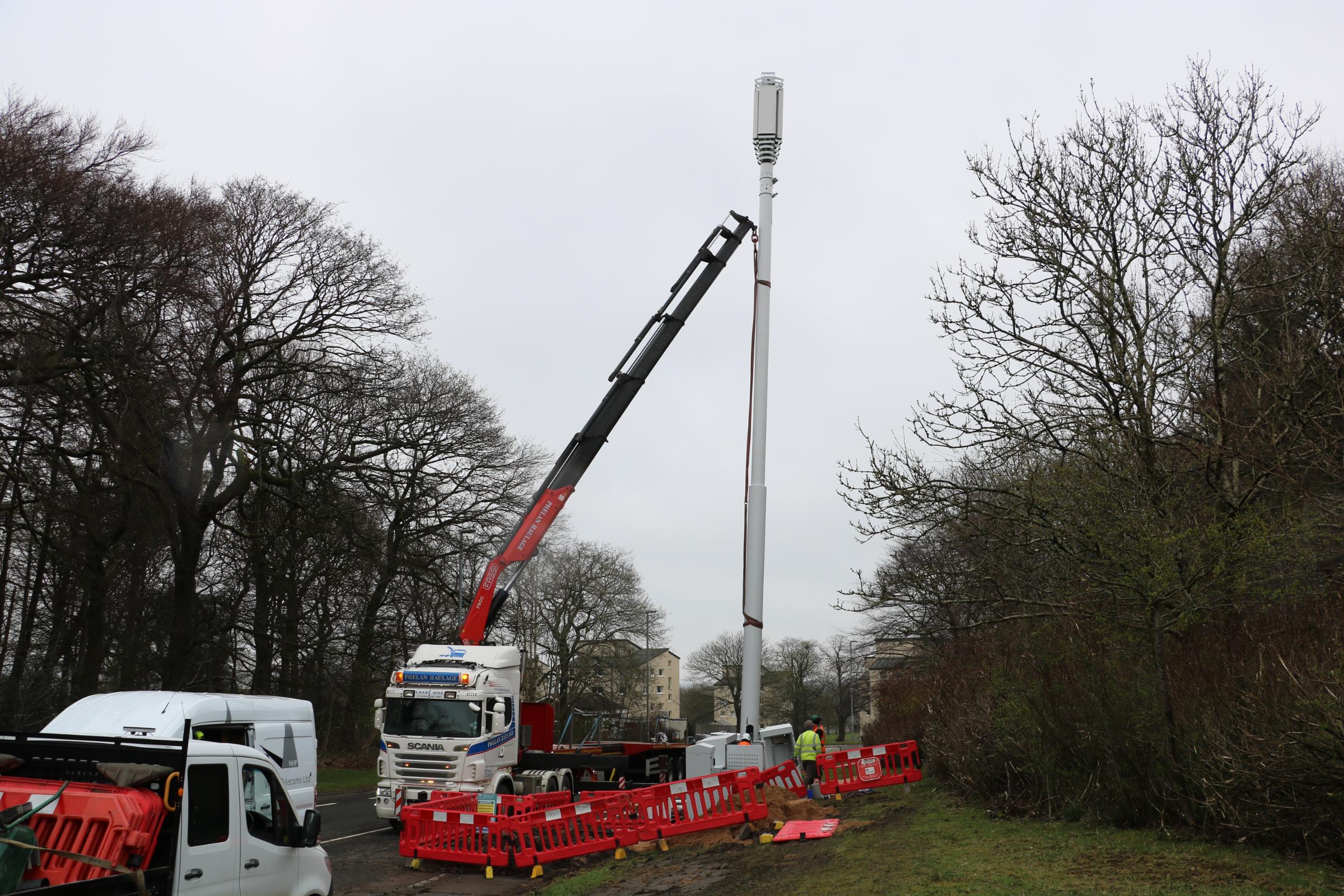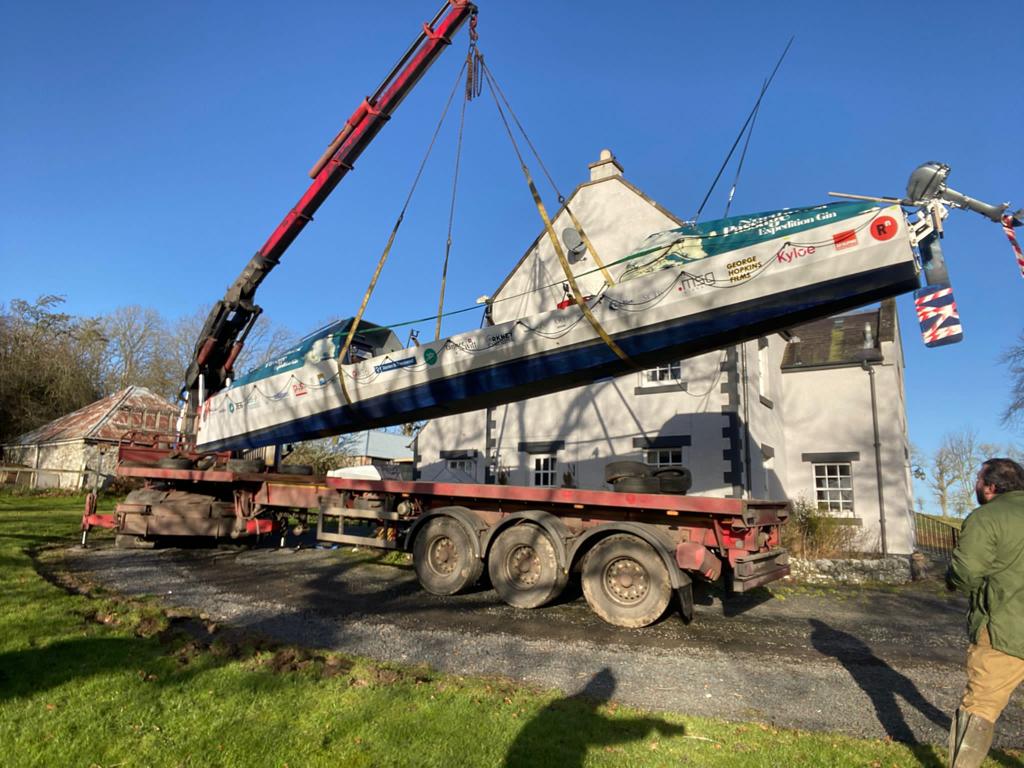HIAB Cranes in the North East
Amidst historic landmarks and bustling urban developments, HIAB cranes in the North East are emerging as pivotal players in the construction arena. Known for their versatility and power, these cranes are redefining the norms of lifting and transportation on construction sites.
Historical Context: The Industrial Backbone of North East England
North East England, with its deep roots in industrial progress, from the shipyards of Tyneside to the once-thriving coal mines, has always been a region of innovation and hard work. The introduction of HIAB cranes marked a new chapter in this history. These cranes, known for their hydraulic loading capabilities, have revolutionised how materials are transported and handled, bringing efficiency and speed to previously labor-intensive processes.
Case Studies: HIAB Cranes at Work
The transformative impact of HIAB cranes is evident across numerous construction projects in North East England, each highlighting their unique advantages.
- Sunderland’s Urban Renewal: In Sunderland, the urban landscape is witnessing a dramatic transformation. Here, HIAB cranes have been instrumental in the city’s redevelopment efforts. Their ability to quickly and safely transport heavy materials has been vital in constructing new commercial buildings and residential complexes, accelerating the city’s metamorphosis.
- Durham Cathedral’s Restoration: The historic Durham Cathedral’s maintenance and restoration work showcase the precision and flexibility of HIAB cranes. They have been crucial in delicately handling and positioning the heavy stones and materials needed for the cathedral’s preservation, ensuring the integrity of this ancient structure.
- Newcastle’s Skyline Evolution: In Newcastle, the role of HIAB cranes in shaping the city’s skyline is unmistakable. From the construction of the innovative Science Central development to the expansion of the Newcastle University campus, these cranes have facilitated the lifting of construction materials across complex urban landscapes, proving essential in modernizing the city.
- Transport Infrastructure in Teesside: Teesside’s transport infrastructure projects, including the development of Teesport and road network expansions, have heavily relied on HIAB cranes. Their robustness and mobility have been critical in moving large components for bridge constructions and highway expansions, supporting the region’s growing transport needs.
- Renewable Energy Projects in Northumberland: In Northumberland, HIAB cranes are playing a vital role in renewable energy projects. Their use in wind farm developments, for instance, where they handle and position heavy turbine components, is a testament to their versatility and strength in contributing to sustainable energy solutions.
- Heritage Conservation in Tynemouth: In the coastal town of Tynemouth, the restoration of historic buildings and landmarks has benefited from the use of HIAB cranes. These cranes have enabled the careful and efficient transport of restoration materials, preserving the town’s rich historical heritage.
- Industrial Developments in Gateshead: Gateshead’s industrial zones have seen enhanced efficiency and safety in operations, thanks to HIAB cranes. In projects like the expansion of the Team Valley Trading Estate, these cranes have been pivotal in managing heavy industrial components, fostering industrial growth.
- Cultural Landmarks in Hartlepool: In Hartlepool, cultural landmark developments, such as the rejuvenation of the Historic Quay, have utilized HIAB cranes for their ability to maneuver in tight spaces, ensuring the delicate handling of materials necessary for preserving the town’s cultural heritage.
Each of these examples underscores the versatility and indispensable nature of HIAB cranes in various aspects of construction and development across North East England. Their contribution spans across urban renewal, heritage conservation, industrial development, and the embrace of renewable energy, marking them as vital tools in the region’s progress.
Economic and Labor Advancements
The advent of HIAB cranes in North East England has also been a boon for the economy. These cranes have streamlined construction processes, leading to shorter project timelines and cost efficiencies. This progress, in turn, boosts the local economy by accelerating the completion of commercial and residential projects.
In the labor sector, HIAB cranes have created a demand for specialised operators, fostering new career paths. They have also enhanced safety standards on construction sites by reducing the need for manual handling of heavy materials.
The Road Ahead: Technological Integration
The future of HIAB cranes in North East England seems intertwined with technological advancements. Emerging trends like automation and digital integration are set to take the capabilities of HIAB cranes to new heights. These innovations promise even greater efficiency, precision, and safety in construction processes.
Conclusion: A Symbol of Progress
As North East England continues to evolve, HIAB cranes stand as a testament to human ingenuity and the relentless pursuit of improvement in construction technology. They are not just tools but catalysts of change, driving the region towards a more efficient and vibrant future.
